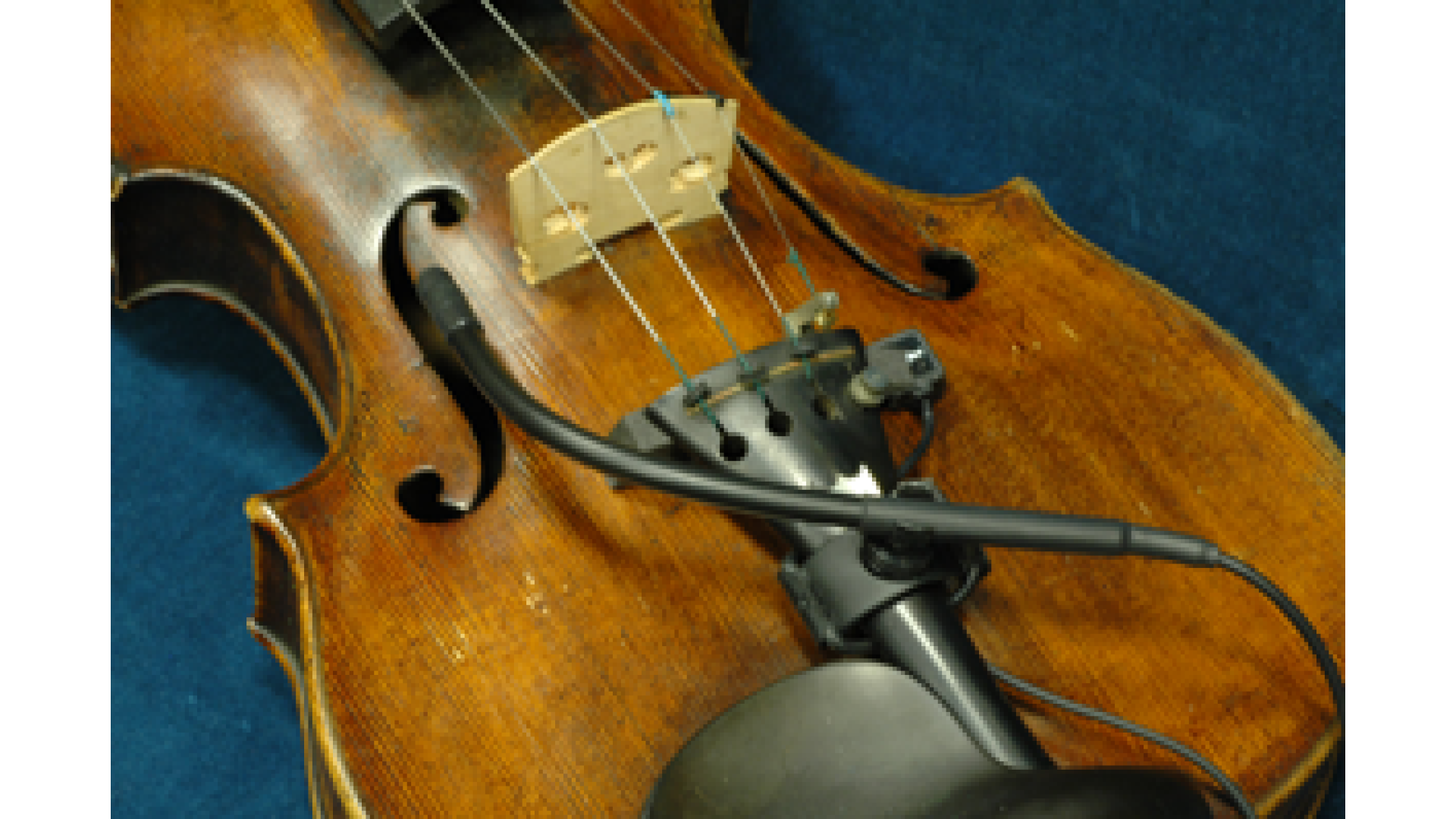Violin Amplification
As with all instruments, there are various ways to amplify the violin or fiddle. As might be expected the nature or characteristics of the instrument will dictate how successful different methods of amplification will be.
Traditional amplification is by supporting a microphone above the instrument as it is played. If the musician is fairly still then this can produce adequate results, however, if the player is more excitable and moves across the stage then the stand mounted microphone will struggle to be of much use.
To overcome this using a microphone that is tied or connected to the instrument will give a much more reliable result.
Even when fixed to the instrument, there are several different options to choose from. Our most popular microphone is called the Uni-directional flexible neck microphone. If you read some of the other blogs on this site you will learn about the relevance of the uni-directional pattern but to cut it short, this particular pickup pattern gives maximum sensitivity with minimum feedback and minimum pickup of adjacent instruments.
The flexible neck part is exactly as it states. The microphone is mounted on the end of a thin flexible rod that allows the user to position the microphone as close to the strings, bridge or f hole as required and allows simple re-positioning if a different sound is required for a different piece of music. The flexible rod is connected to an adjustable mount that goes on the tailpiece.
The whole system is very light so negligible effect on the instrument sound and does not make the instrument feel any different to play.
Generally the best sound comes from the f hole but this is also quite resonant so moving the microphone closer to the strings can give a better sound or closer to the bridge, all give slightly different sounds and allows you to choose the sound that best reproduces your instrument.
Based on the same capsule, the suspension microphone is mounted on the strings just behind the bridge using a soft triangle of foam giving good isolation but a very strong sound directly from the bridge. The microphone can be moved closer or further away form the bridge to change the sound.
The third type is the contact microphone. This is a thin layer of active material which when vibrated gives out an electrical signal which can then be amplified. This is used to directly pick up the vibrations of the instrument body. We actually have different size models for different instrument up to grand piano, all using the same principle. This type of pickup is the best if you are paying in a very loud band or paying very loudly close to your amplifier/speakers. It relies on the vibration of the instrument body rather than the air pressure changes due to the sound and a such requires a very much higher level of sound to create feedback. The down side is that as the signal is taken form the vibrations of the instrument it has a drier sound than the capsule microphones. Obviously acoustic instruments are intended to be played in the air and as such there are additional characteristics introduced due to the air and atmosphere round the instrument which are not “heard” by the contact microphone. This can be significant in some instruments and less obvious in others. As always, we offer a trial period for you to decide if this would be the right pickup for you.
Once you have amplification you can go in many different directions. Using an Accusound acoustic amplifier will allow true reproduction of your instrument along with the ability to try a few sound effects, reverb etc. It also allows you to connect any of the guitar effects pedals that are on the market and from there you can do just about anything.


